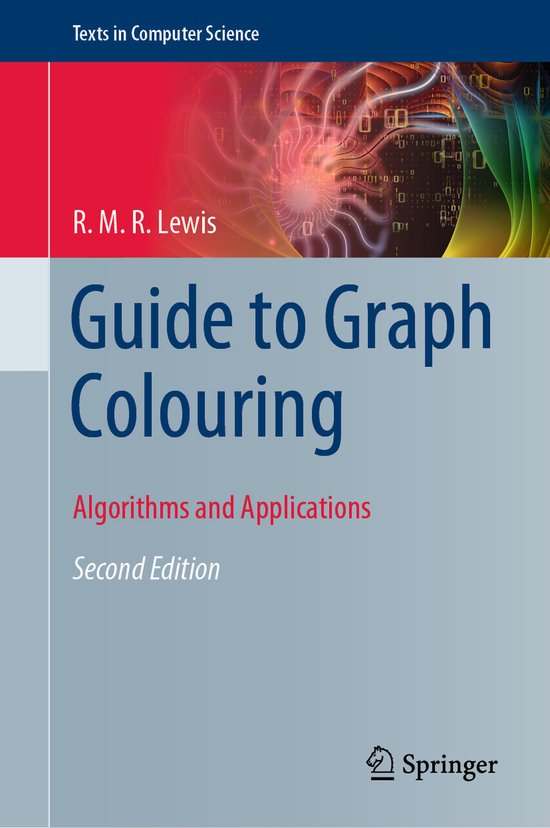
Group Theory
Every process in physics is governed by selection rules that are the consequence of symmetry requirements. The beauty and strength of group theory resides in the transformation of many complex symmetry operations into a very simple linear algebra. This concise and class-tested book has been pedagogically tailored over 30 years MIT and 2 years at the University Federal of Minas Gerais (UFMG) in Brazil. The approach centers on the conviction that teaching group theory in close connection with applications helps students to learn, understand and use it for their own needs. For this reason, the theoretical background is confined to the first 4 introductory chapters (6-8 classroom hours). From there, each chapter develops new theory while introducing applications so that the students can best retain new concepts, build on concepts learned the previous week, and see interrelations between topics as presented. Essential problem sets between the chapters also aid the retention of the new material and for the consolidation of material learned in previous chapters. The text and problem sets have proved a useful springboard for the application of the basic material presented here to topics in semiconductor physics, and the physics of carbon-based nanostructures.
Every process in physics is governed by selection rules that are the consequence of symmetry requirements. The beauty and strength of group theory resides in the transformation of many complex symmetry operations into a very simple linear algebra. This concise and class-tested book has been pedagogically tailored over 30 years MIT and 2 years at the University Federal of Minas Gerais (UFMG) in Brazil. The approach centers on the conviction that teaching group theory in close connection with applications helps students to learn, understand and use it for their own needs. For this reason, the theoretical background is confined to the first 4 introductory chapters (6-8 classroom hours). From there, each chapter develops new theory while introducing applications so that the students can best retain new concepts, build on concepts learned the previous week, and see interrelations between topics as presented. Essential problem sets between the chapters also aid the retention of the new material and for the consolidation of material learned in previous chapters. The text and problem sets have proved a useful springboard for the application of the basic material presented here to topics in semiconductor physics, and the physics of carbon-based nanostructures.
| Auteur | | Mildred S. Dresselhaus |
| Taal | | Engels |
| Type | | Hardcover |
| Categorie | | Wetenschap & Natuur |





